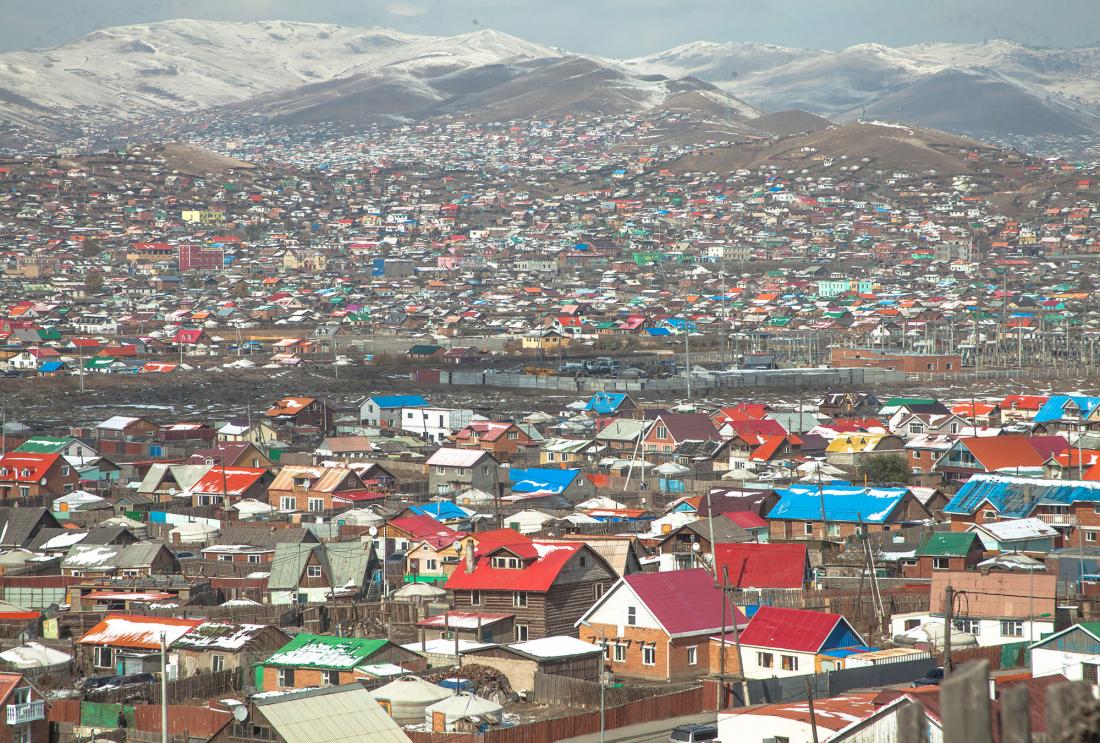Urban Property Rights in Mongolia
- Urban population
- Earnings and income
- Employment
- Housing stability
- Credit
- Housing and neighborhoods
Mongolian law allows residents of informal peri-urban settlements to obtain ownership to the land where they live. However, the complexity and expense of this process make it difficult for residents to become owners and thus use the land as a marketable asset. Researchers are evaluating the effect of an ownership assistance program on residents’ income, assets, and general financial behavior.
الموضوع الأساسي
Having a well-defined system of land and property rights is thought to be extremely important for increasing investment, as ownership of land may incentivize investment by ensuring that tenants receive the long-term returns from improving their land. Property rights may also be an important component in access to credit, since land can be used as a collateral asset and increase the likelihood of a borrower receiving a loan. Large land-titling policies have been undertaken in several developing countries, particularly in South America and Southeast Asia in order to increase land investments and income security. However, the linkage between property rights, access to credit, and increased investments has not been well-established empirically.
سياق التقييم
More and more poor rural Mongolians are abandoning traditional nomadic herding practices and migrating to the cities in search of better lives. The bulk of these migrants are moving to Mongolia' s three biggest cities - Ulaanbaatar, Erdenet and Darkhan - where they either settle in suburban "ger areas" or peri-urban rangeland areas, often creating informal settlements. Mongolian laws give ger area residents the right to obtain ownership to the land upon which they live. However, the complexity and expense of this process make it difficult to become an owner and thus use the land as a marketable asset.
The Urban Property Rights Project aims to improve the formal system for recognizing and transferring land rights to ger area residents. This effort includes legal and regulatory reform, upgrading the technology necessary for accurate land parcel mapping, and providing direct assistance to households to privatize and register their land plots. The project is being carried out in Ulaanbaatar and eight other regional centers.

معلومات تفصيلية عن التدخل
This evaluation focuses on the land titling component of the project known as the Privatization and Registration of Ger Area Land Plots Activity. This component will provide direct assistance to 75,000 households seeking to privatize and register land plots in urban ger areas. A random subset of eligible houses in the area will be randomly chosen to receive door-to-door assistance with the registration process. This assistance will include support for both the necessary paperwork as well as the registration fees.
After the program is implemented, the researchers will evaluate its impact on access to credit, investment in land and housing, property values, labor market outcomes, and household income using both household level surveys and aggregate institutional data.
النتائج والدروس المستفادة بشأن السياسات
Results forthcoming.
